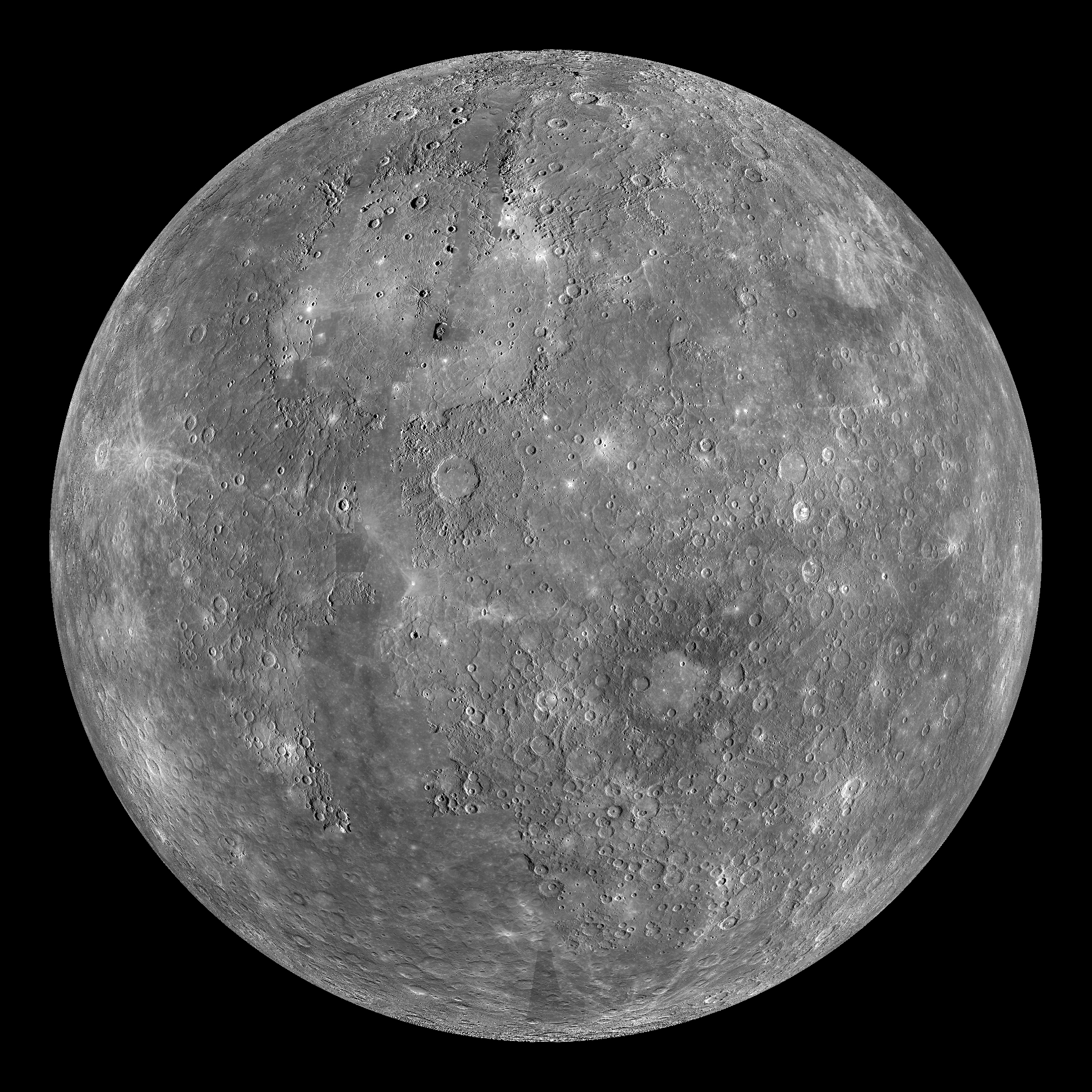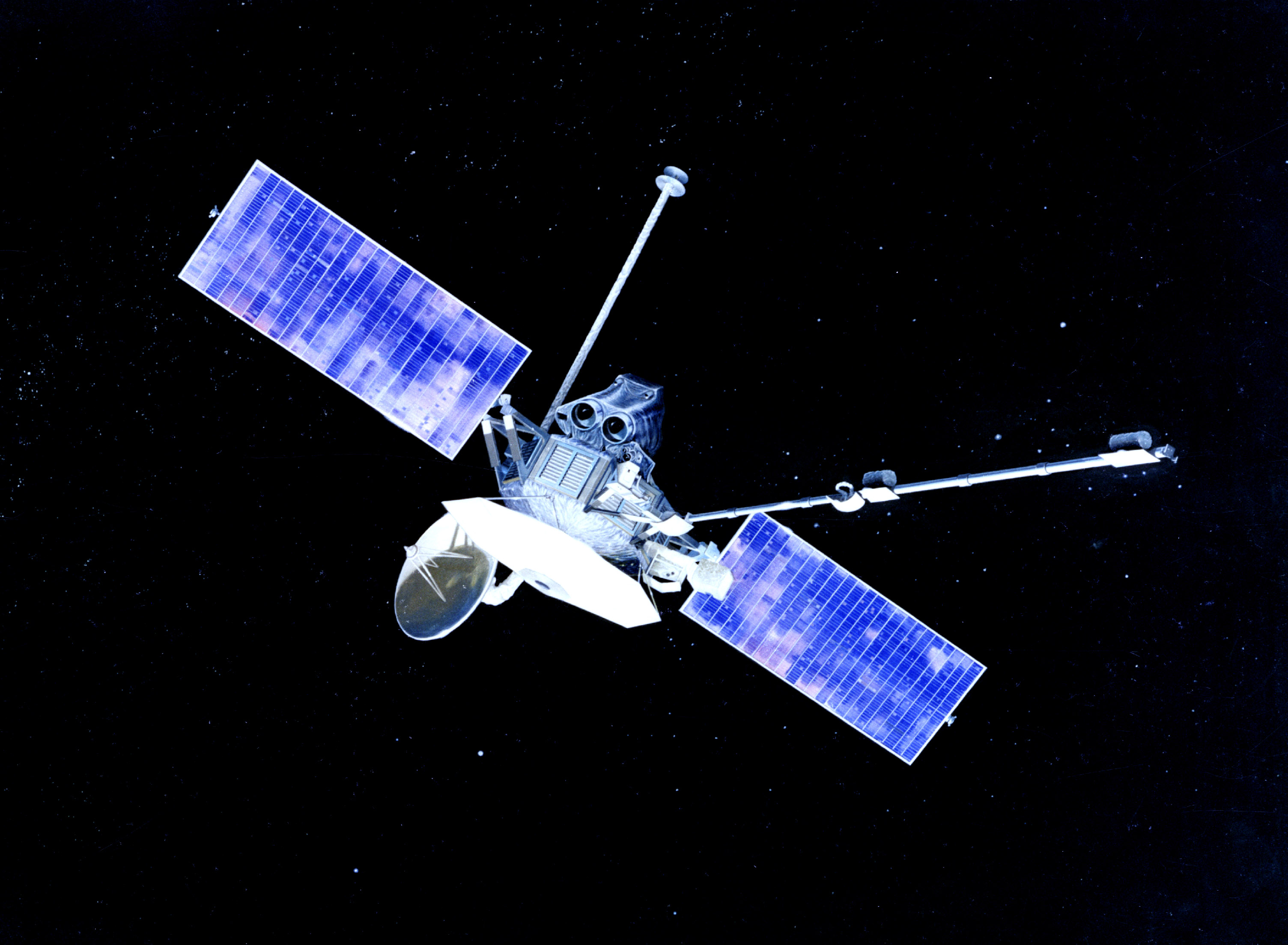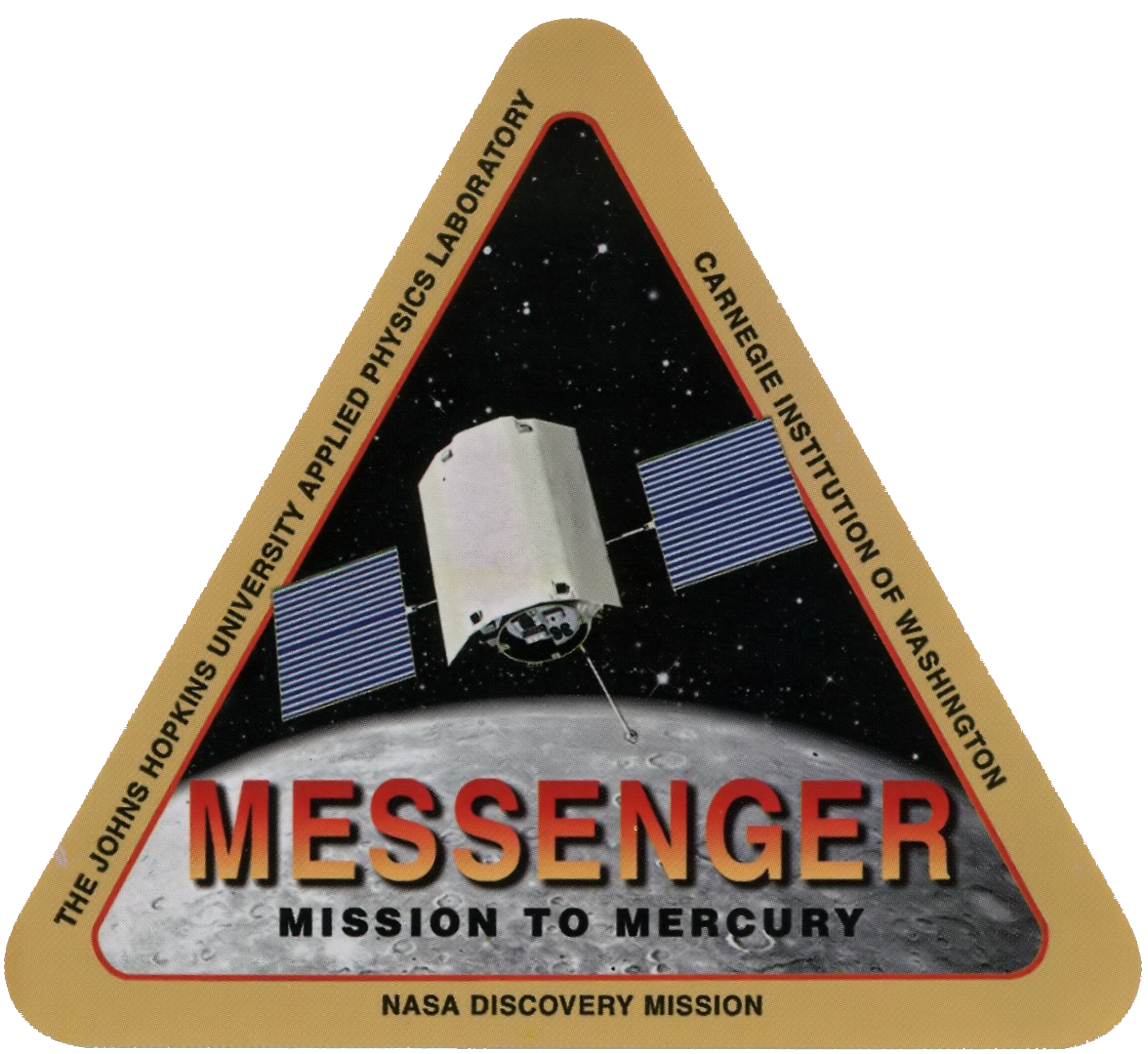
Mercury: The Innermost Planet of Our Solar System
Key Points:
- Mercury is the smallest planet, closest to the Sun, with extreme temperatures.
- It has a large iron core and water ice at its poles despite the heat.
- Only three missions have explored it: Mariner 10, MESSENGER, and BepiColombo.
Overview Mercury, named after the Roman messenger god, is a fascinating world of extremes. It’s the smallest planet in our solar system, just slightly larger than Earth’s Moon, and orbits closest to the Sun. Its surface experiences scorching days and freezing nights, making it a challenging environment to study.
Physical Characteristics Mercury has a diameter of about 4,879 km and a mass 0.055 times that of Earth. Its high density (5,429 kg/m³) reveals a large iron core, making up 57% of its volume. Daytime temperatures can reach 430°C, while nighttime drops to -180°C due to its thin exosphere, not a traditional atmosphere, composed of sodium, magnesium, and other elements.
Orbital and Rotational Properties Mercury orbits the Sun every 88 Earth days and has a unique 3:2 spin-orbit resonance, meaning it rotates three times for every two orbits. This results in a day on Mercury lasting about 176 Earth days, longer than its year!

Exploration History Three missions have explored Mercury:
- Mariner 10 (1973-1975): First to visit, mapped 45% of the surface, discovered its magnetic field.
- MESSENGER (2004-2015): First to orbit, mapped the entire planet, confirmed water ice at the poles.
- BepiColombo (2018, arriving 2025): Joint ESA-JAXA mission, will study surface and magnetosphere.



Surprising Detail: Water Ice at the Poles Despite being so close to the Sun, Mercury has water ice in permanently shadowed craters at its poles, a discovery by MESSENGER, which is surprising given the extreme heat.
Survey Note: Comprehensive Analysis of Mercury
Introduction
Mercury, the innermost planet of our solar system, is a small, rocky world named after the Roman messenger god, reflecting its swift orbital motion. Known since prehistoric times, it has been a subject of fascination due to its proximity to the Sun and extreme environmental conditions. This survey note provides a detailed examination of Mercury’s physical properties, orbital dynamics, exploration history, and unique features, supported by technical data and images from space missions.
Physical Characteristics
Mercury’s physical parameters are critical to understanding its nature. According to the NASA Mercury fact sheet (Mercury Fact Sheet), the planet has the following bulk parameters compared to Earth:
| Parameter | Mercury Value | Earth Value | Ratio (Mercury/Earth) |
|---|---|---|---|
| Mass (10^24 kg) | 0.33010 | 5.9722 | 0.0553 |
| Volume (10^10 km^3) | 6.083 | 108.321 | 0.0562 |
| Equatorial radius (km) | 2440.5 | 6378.1 | 0.383 |
| Mean density (kg/m^3) | 5429 | 5513 | 0.985 |
| Surface gravity (mean) (m/s^2) | 3.70 | 9.82 | 0.378 |
| Escape velocity (km/s) | 4.3 | 11.2 | 0.384 |
This high density indicates a large iron core, occupying about 57% of its volume, as noted in Wikipedia (Mercury (planet)). The surface temperature varies dramatically, with daytime highs reaching 430°C (800°F) and nighttime lows dropping to -180°C (-290°F), as per NASA Science (Mercury: Facts). This extreme range is due to the absence of a substantial atmosphere, instead possessing a thin exosphere with a surface pressure of less than 5 x 10^-15 bar (0.005 picobar). The exosphere, detailed in the fact sheet, includes sodium (12,000-200,000 column abundances per cm²), magnesium (100,000), and traces of other elements like oxygen and hydrogen.
Mercury’s surface, similar to the Moon, is heavily cratered with features like the Caloris Basin, a 1,550 km wide impact crater, and wrinkle ridges formed by cooling and contraction, as mentioned in Britannica (Mercury | Facts, Color, Size, & Symbol).
Orbital and Rotational Properties
Mercury’s orbital parameters, from the fact sheet, include a semimajor axis of 57,909,050 km, an orbital period of 87.969 days, and an eccentricity of 0.2056, making its orbit more elliptical than Earth’s. Its rotational properties are unique, with a sidereal rotation period of 1,407.6 hours and a length of day at 4,222.6 hours, due to its 3:2 spin-orbit resonance. This resonance means Mercury rotates three times on its axis for every two orbits around the Sun, resulting in a day longer than its year, a detail highlighted in Space.com (Mercury — A complete guide to the closest planet to the sun).
Exploration History
The exploration of Mercury began with ground-based observations, noted in Universe Today (Exploration of Mercury), where early cultures like the Mayans calculated its motions. Spacecraft missions include:
- Mariner 10: Launched in 1973, it conducted three flybys in 1974-1975, mapping 45% of the surface and discovering its magnetic field, as per NASA Science (Mercury: Exploration).
- MESSENGER: Launched in 2004, it entered orbit in 2011 and operated until 2015, providing the first complete map and confirming water ice at the poles, detailed in Wikipedia (Exploration of Mercury).
- BepiColombo: Launched in 2018 by ESA and JAXA, it is expected to arrive in 2025, comprising the Mercury Planetary Orbiter (MPO) and Mercury Magnetospheric Orbiter (MMO), aiming to study surface composition and magnetosphere, as noted in the same Wikipedia page.
Unique Features
Mercury’s unique features include:
- Water Ice at the Poles: Despite high temperatures, permanently shadowed craters contain water ice, confirmed by MESSENGER, as per PBS LearningMedia (What's Unusual About Mercury?).
- Large Iron Core: Its core, 57% of volume, is unusually large, possibly due to a giant impact, as per Ask an Astronomer (What Are the Most Interesting Facts About Mercury?).
- Magnetic Field: A weak magnetic field, about 1% of Earth’s, generated by the core, as per NASA Science.
- No Natural Satellites: Mercury has no moons, unique among planets, noted in Britannica.
- Thin Exosphere: Its exosphere, detailed in the fact sheet, is constantly losing atoms to space, unlike a traditional atmosphere.
Images of Mercury
To visualize these features, here are selected images with their URLs:
- True Color Image from MESSENGER: Captured on Oct. 6, 2008, showing Mercury’s color as seen by the human eye (Mercury in Color!).
- Global Color Map from MESSENGER: Highlights mineralogical differences, not visible to the eye (Global color map of Mercury from MESSENGER).
- Mercury's South Polar Region: Shows topography and shadowed areas with potential ice (Mercury - NASA Science).
Conclusion
Mercury’s extreme conditions, unique orbital dynamics, and surprising features like water ice at the poles make it a compelling subject for study. Ongoing and future missions like BepiColombo will further unravel its mysteries, enhancing our understanding of planetary formation and evolution.
Additional Reading
- Mercury Fact Sheet NASA
- Mercury: Facts NASA Science
- Mercury (planet) Wikipedia
- Mercury | Facts, Color, Size, & Symbol Britannica
- Mercury — A complete guide to the closest planet to the sun Space
- What's Unusual About Mercury? NASA Planetary Sciences PBS LearningMedia
- Exploration of Mercury Wikipedia
- Mercury: Exploration NASA Science
- What Are the Most Interesting Facts About Mercury? Ask an Astronomer
- Mercury in Color! NASA Science
- Global color map of Mercury from MESSENGER The Planetary Society
- Mercury - NASA Science
Back to Blog